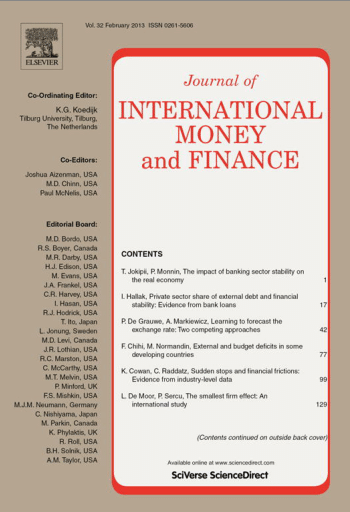
Predicting Financial Crises: The (Statistical) Significance of the Signals Approach
The signals approach as an early warning system has been fairly successful in detecting crises, but it has so far failed to gain popularity in the scientific community because it does not distinguish between randomly achieved in-sample fit and true predictive power. To overcome this obstacle, we test the null hypothesis of no correlation between indicators and crisis probability in three applications of the signals approach to different crisis types. To that end, we propose bootstraps specifically tailored to the characteristics of the respective datasets. We find (1) that previous applications of the signals approach yield economically meaningful and statistically significant results and (2) that composite indicators aggregating information contained in individual indicators add value to the signals approach, even where most individual indicators are not statistically significant on their own.





